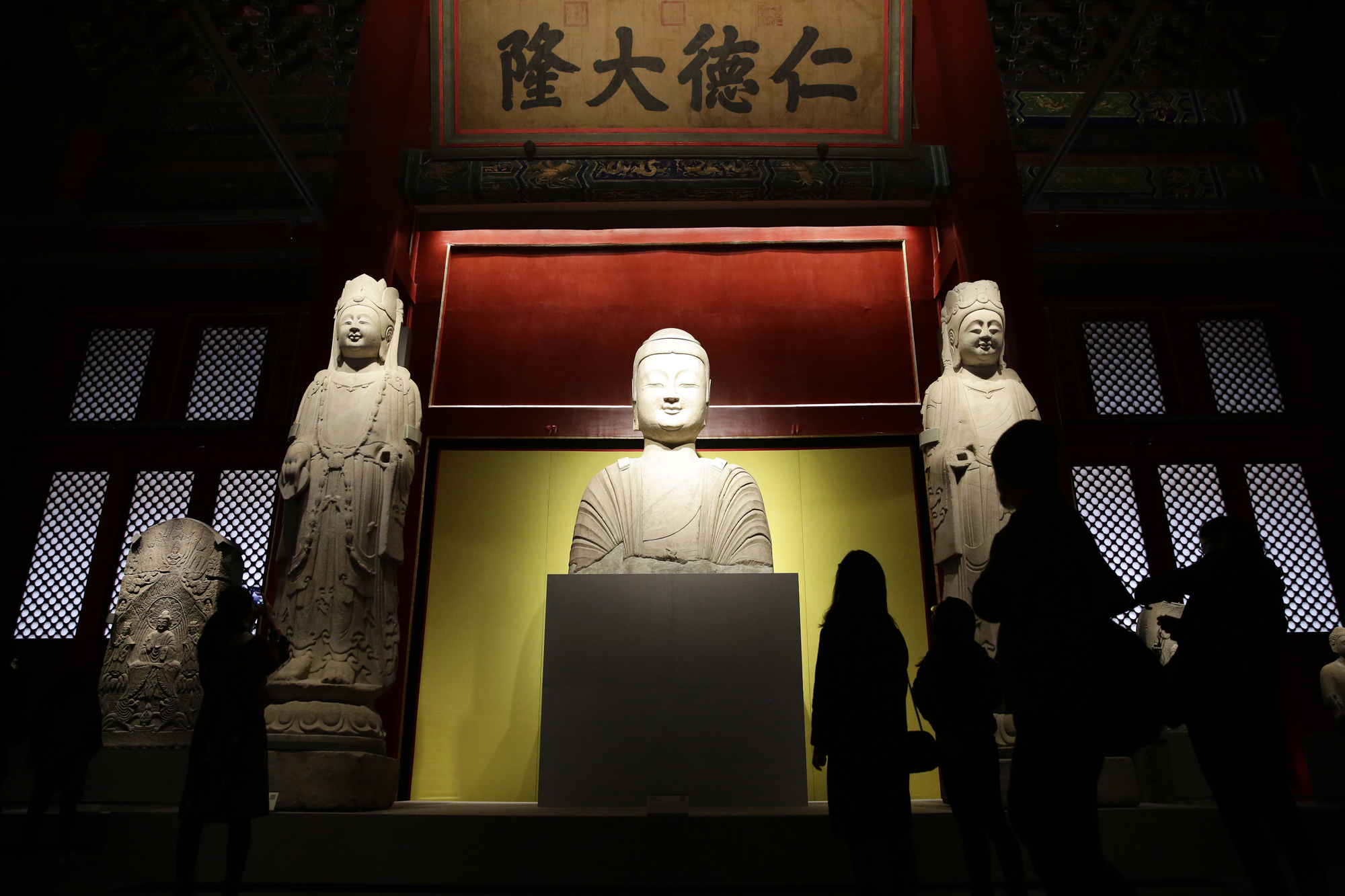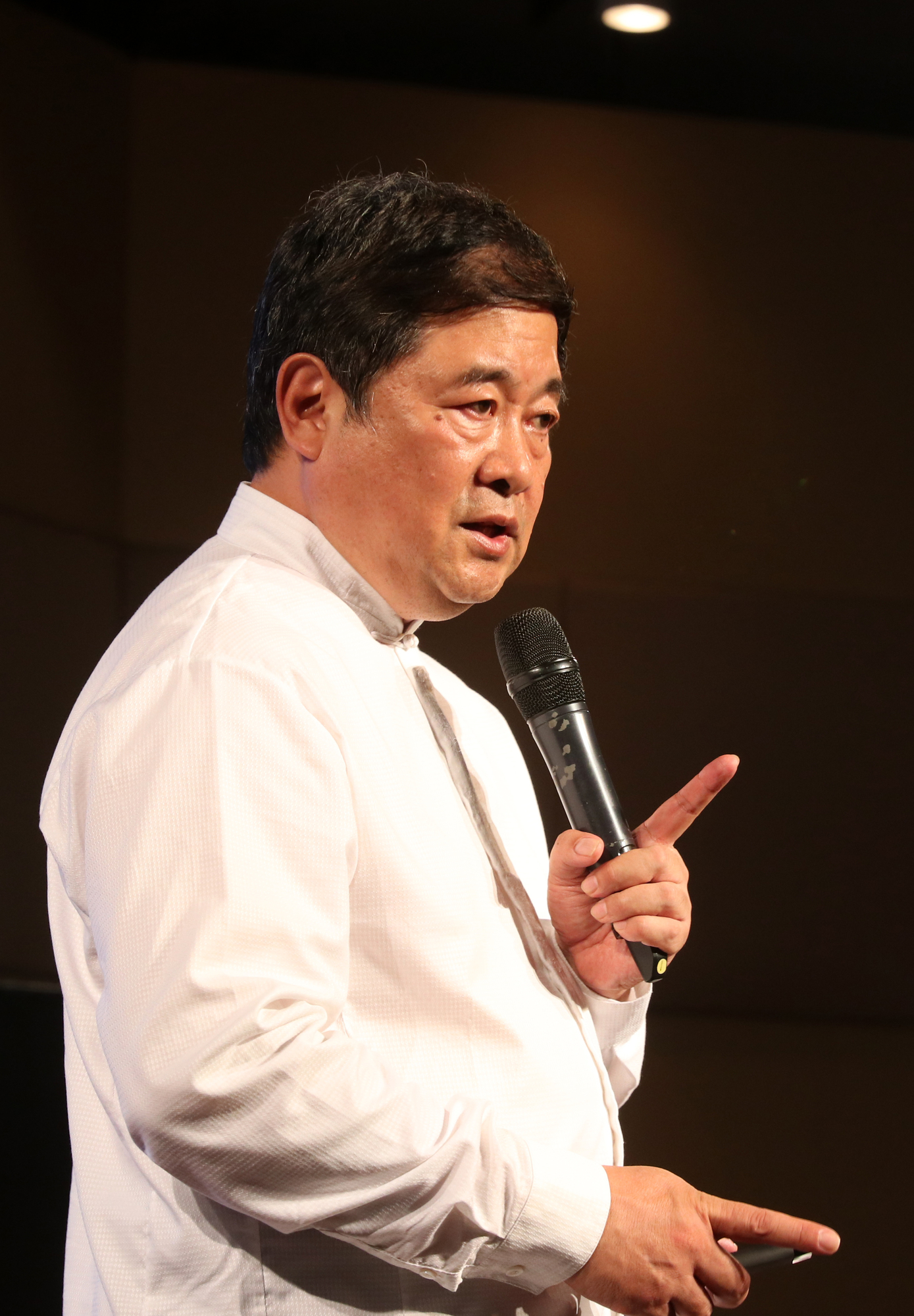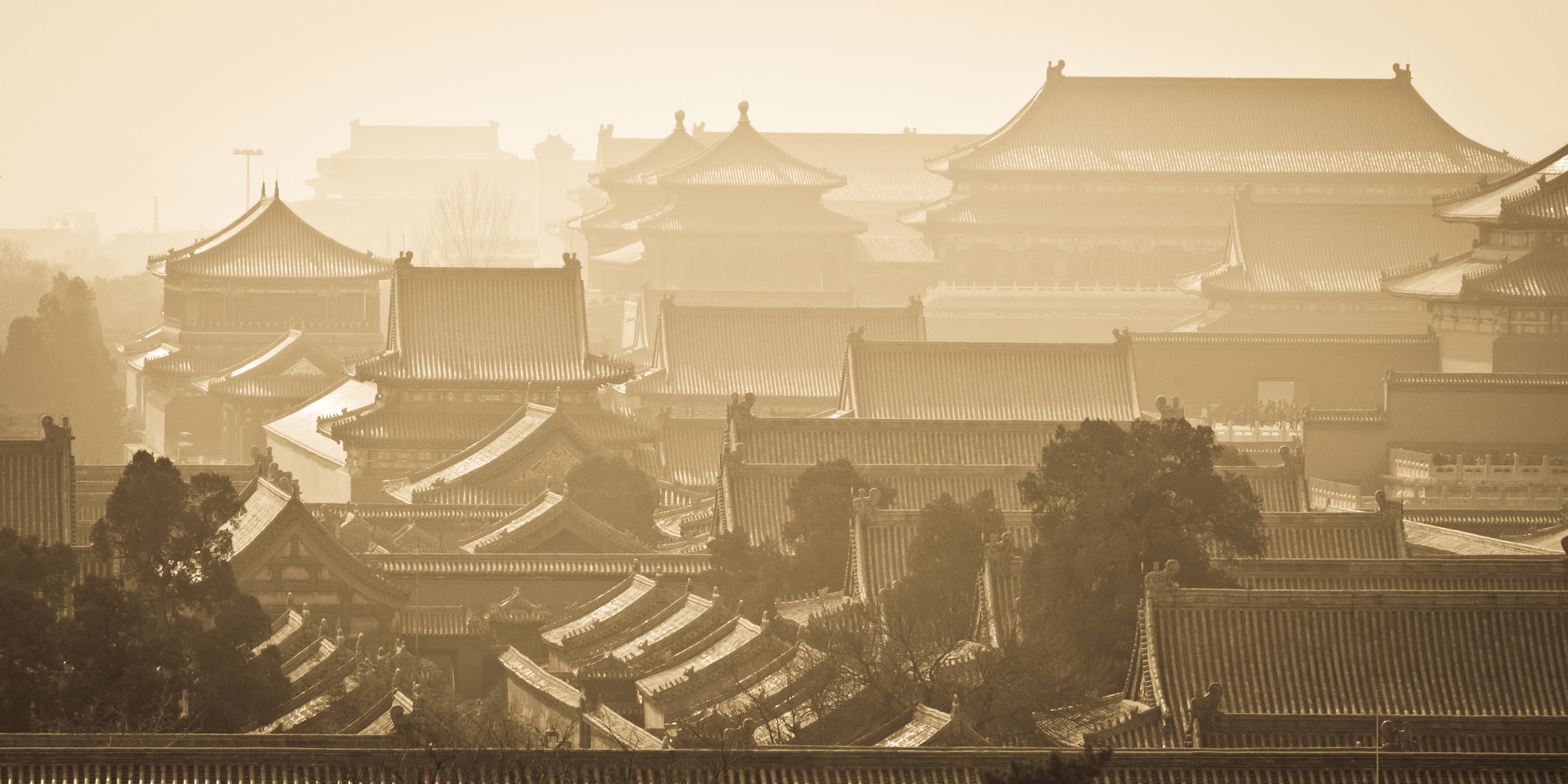Millions of unseen treasured antiques from the Forbidden City are to be put on display in a new exhibition house.
The Palace Museum opened its doors to the public in 1925. The former royal house of both China’s Ming and Qing dynasties still holds a wealth of treasures that have never been viewed by the general public.
“The exhibited (items) have only accounted for 0.5% of the Museum’s entire collection,” said Shan Jixiang, the Museum’s chief on Sunday.
A new exhibition building has been commissioned for the Museum, said the chief. In four years' time a 12,500-square-meter site will be in place “multiple times” the size of the existing display area.
The new display house will be located near the relic of Yuanmingyuan Profile, the former Qing Dynasty royal garden which was set on fire and destroyed by the British and French Allied Forces in 1860.
According to Shan, around 24% of the Palace Museum remains closed to visitors. The opened area is expected to rise to 85% by 2025.

Buddhist statues, from Palace Museum's collection, 2015
The question of how many pieces from China’s imperial past the Palace Museum actually holds is one which has puzzled people for years, but in 2013 a definitive answer may have finally been reached.
After an audit that started in 2004 the museum has a number: 1,807,558 pieces of antiques in the collection. That means around 1.7 million treasures of various sorts of craft arts are still lying unseen in the museum.
Among the 1.8 million items, more than 1.6 million were classed as “treasured”, according to the museum.

Shan Jixiang, chief of the Palace Museum, Septmeber, 2016.
“For a long time, the question that I feared the most from visitors was how large was the museum’s collection”, said Shan.
The first audit of the collection started in 1924, one year before the museum officially opened to the public and 12 years after Puyi, the last emperor of Qing was forced to leave the Forbidden City.
In that audit 1.17 million items were officially recorded. That record was used until recently as the most accurate reference for the archaeologists working in the museum.

One of the very first photographs of China, showing the Forbidden City, by photographer Felice Beato. The picture was taken during 1856 - 1860.
In 1933, when the imperialist Japanese invasion was imminent, the museum decided to move the most valued antiques to Nanjing, capital of the then Republic of China, and later to Sichuan Province in 1937.
None of the treasured antiques were lost during the years of relocation.

The Forbidden City
A portion of the antiques were transferred to Taiwan by the then Kuomintang government after the founding of the People’s Republic of China in 1949 and have been kept to this day at the “National Palace Museum” in Taipei.
200 experts participated in the latest audit that ended with the publication of “The Catalogue of Antiques of Palace Museum” in 2013, which categorized 1,660,791 objects into 22 groups and is fully accessible online.
“The new exhibition site will safeguard the museum’s treasures for the next 600 years”, said Shan.









